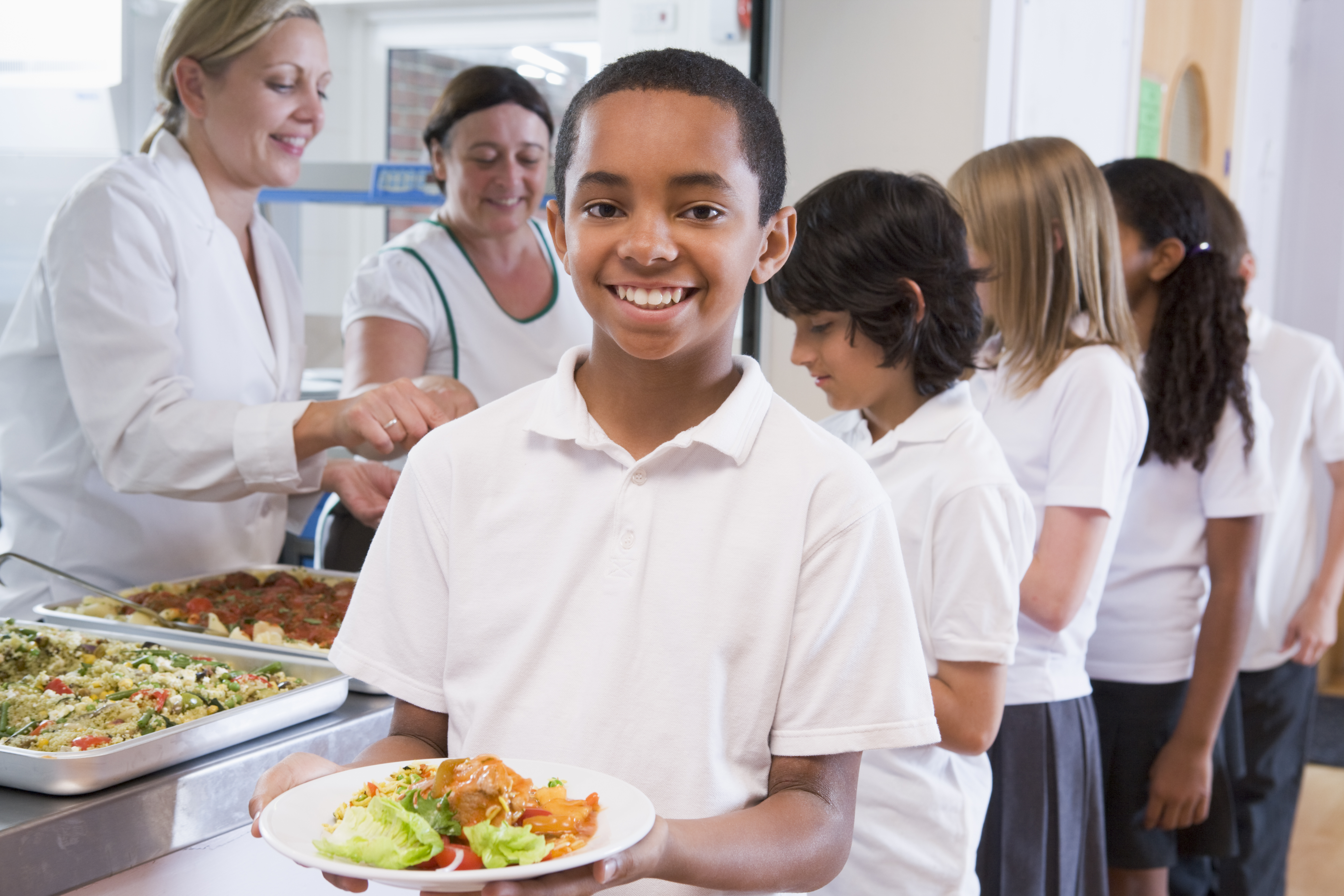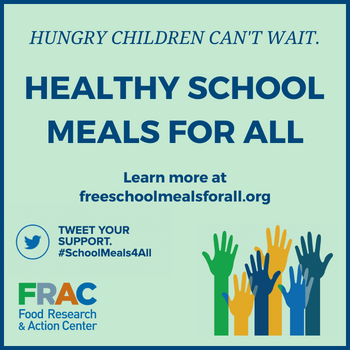The Afterschool Nutrition Programs operate through the Child and Adult Care Food Program (CACFP), which allows schools, local government agencies, and private nonprofits to serve a meal and a snack to children after school, on weekends, and during school holidays. They also operate through the National School Lunch Program, which allows schools to provide a snack after school. Find out about reimbursement rates for meals and snacks.

Latest Report: Afterschool Suppers: A Snapshot of Participation – October 2023
FRAC’s latest Afterschool Report measures the reach of the Afterschool Nutrition Programs in October 2023, with comparisons to October 2022, nationally and in each state.

Back to School 2025
School and afterschool meals reduce hunger, and support learning, behavior, attendance, and health and well-being.

Afterschool Report
Read the full report
History of Afterschool Nutrition Programs
How did it all begin?
Communications Toolkit
Spread the word!
Celebrate Light’s On Afterschool
Party starts here!
Quick Facts
- Over 1.23 million children received an afterschool supper and nearly 1.25 million children received an afterschool snack on an average day in October 2023.
- Funding for afterschool meals became available nationwide through the Healthy, Hunger Free Kids Act, so there is much work to do to increase the number of children who participate.
- School-aged children have higher daily intake of fruits, vegetables, milk, and key nutrients like calcium, vitamin A, and folate on days they eat afterschool meals compared to days they do not.
- Offering afterschool meals can help draw children into educational and enrichment activities and programming after school.
- Strategies to Expand the Afterschool Nutrition ProgramsBuilding a stronger sustainable program, improved policies, and expanded partnerships with national, state, and local stakeholders are key strategies to increasing participation in the Afterschool Meal Program. Find out how to develop a more sustainable Afterschool Meal Program.
- Serving Afterschool Meals and Snacks in Rural CommunitiesThe Afterschool Nutrition Programs fill the hunger gap that exists after school for millions of low-income children in rural communities. These programs provide federal funding to afterschool programs operating in low-income areas to serve meals and snacks to children 18 and under after school, on weekends, and during school holidays. Learn more in our fact sheet: Rural Hunger in America: Afterschool Meals.
Trending

Tools You Can Use: Grow Your School, Afterschool, and Summer Nutrition Programs
Find out more
Video: 4 Ways to Increase Participation in Afterschool Suppers and Snacks
Watch the video
Afterschool Meals Fact Sheet
Read more
Serve Meals on Weekends, School Holidays, and School Breaks
Read more.


